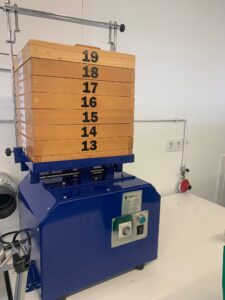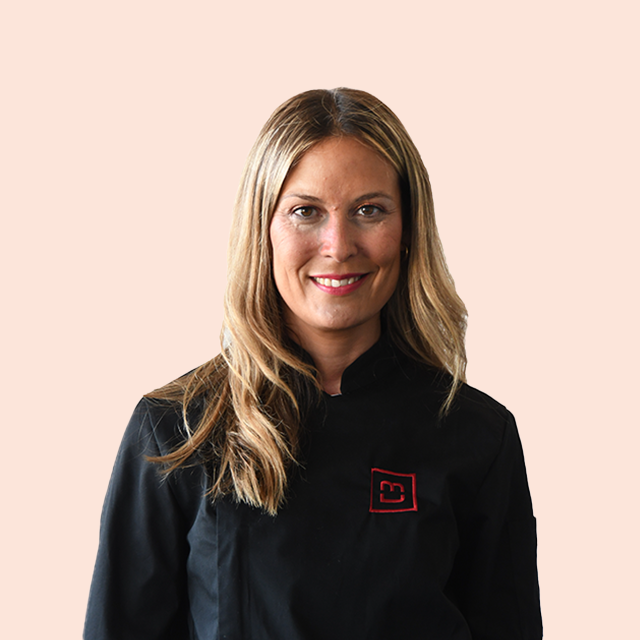
There are many steps to maintain the quality of green coffee within the supply chain, one of the main ones being bean grading.
To understand how they are classified we must understand the tools that are used for it, we will develop in this article what it is and how the screening system works.
The Screen, also known as Zaranda or Mesh, is the tool that determines the size of the grain by its diameter. The Screen of Green coffee is used by taking a representative sample of grams of the lot that are passed through Screens or Raisins that contain holes with different diameters and an equivalent numbering. This makes it possible to prepare the grains in terms of size at the buyer’s request, meeting specific characteristics depending on the requirements of the market in which they will be sold.
Each country has its own system to standardize the quality of Green coffee, adapting to variations in size and density. Language barriers also play a role, as different languages and cultures predominate in the production and export of green coffee.
Thanks to the Specialty Coffee Association, a standardized and simplified common language for the evaluation of green coffee beans has been established.
Grading involves the evaluation of green coffee beans according to various criteria prior to export.
Producers through participation in auctions and other trading platforms use grading systems to inform buyers of coffee quality.
The importer’s role is to provide the appropriate information to roasters to adjust the roasting time and temperature according to the size and density of the bean.For this reason, most importers ask the Producers for a uniformity in the coffee bean so that the roasters find it easier to develop the coffees in roasting, grinding, etc… and thus obtain an excellent coffee.
Green coffee grading remains a critical step in the coffee journey from seed to cup.
The search for simpler and more universal systems could improve efficiency and communication in the coffee industry.
Our colleagues at Q Lab use the ISO 4150:2011(E) method for the classification of all our coffees.
Below we specify the steps recommended by ISO (Organization for Standardization) for the analysis through the mechanical system:
7.3.2 Machine screening
7.3.2.1 Place the sieve nest firmly in the machine (5.6), and turn the equipment on for 3 min.
If slotted sieves are used, shake in a direction parallel to the length of the openings. Grain remaining in the openings
shall be considered as retained on the sieve in question.
7.3.2.2 Remove all the grains from each sieve separately, to avoid losing them. Place the lid on top of the corresponding sieve, then place one hand under the sieve and push the grains upwards. Next, carefully place the green coffee beans in a tray.

7.3.2.3 Weigh, with an accuracy of 0.1 g, the grains collected in each of the sieves used and in the container.
Since the beginning of 2023, we have implemented the mechanical system in our classification in order to strictly comply with the above-mentioned method.
In addition to using manual sieving, earlier this year we incorporated amechanical sieving machinefor Green coffee beans in the Laboratory to strictly comply with the analysis process.
